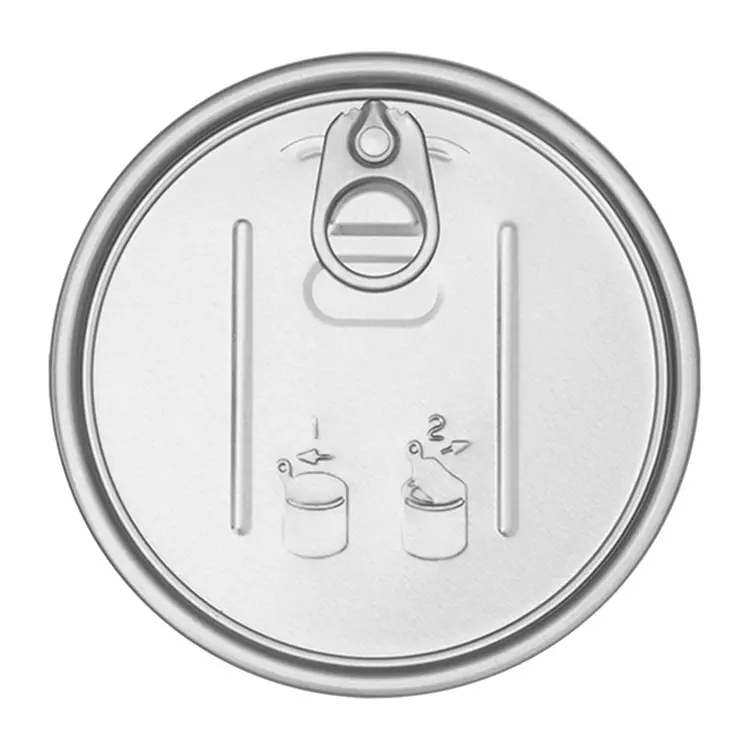In today’s packaging industry, cans and ends play a crucial role in maintaining product quality, improving shelf appeal, and optimizing logistics. From food and beverage to chemical and pharmaceutical sectors, they ensure the safety, freshness, and efficiency that modern supply chains demand. As sustainability becomes a global focus, choosing high-performance cans and ends is more important than ever for businesses seeking long-term success.
The Importance of Cans and Ends in Industrial Packaging
Cans and ends are not just containers—they are precision-engineered components designed for protection, efficiency, and branding. Their main benefits include:
-
Product Protection: Airtight sealing prevents contamination and extends shelf life.
-
Brand Impact: Custom printing and coatings enhance visual appeal and consumer trust.
-
Production Efficiency: Seamless compatibility with high-speed filling and sealing equipment.
-
Sustainability: Made from recyclable materials like aluminum and tinplate to reduce waste.
Main Types of Cans and Ends for Different Industries
The global market offers diverse types of cans and ends tailored for various applications:
-
Food & Beverage Cans – Built for heat processing and long-term storage.
-
Aerosol Cans – Ideal for cosmetics, cleaning, and industrial sprays.
-
Chemical & Paint Cans – Resistant to corrosion and leakage under extreme conditions.
-
Easy Open Ends (EOE) – Designed for user convenience and safe opening.
-
Peel-Off & Full-Open Ends – Perfect for dry or ready-to-eat packaged goods.
Key Quality Factors for B2B Buyers
When sourcing cans and ends, precision and consistency define supplier quality. Reliable manufacturers emphasize:
-
Uniform material thickness and surface coating.
-
Leak-proof sealing and pressure resistance.
-
Compatibility with automated filling lines.
-
Compliance with food-grade and international packaging standards.
Why Reliable Supply Chains Matter
For B2B partnerships, dependable sourcing is essential to maintain production stability and brand trust. Working with an experienced supplier ensures:
-
Consistent product quality across orders.
-
Flexible customization for size, coating, and print design.
-
Technical support for packaging line optimization.
-
Competitive pricing through long-term collaboration.
Conclusion
The demand for cans and ends continues to grow as industries pursue packaging solutions that combine durability, safety, and sustainability. Choosing a trusted supplier ensures long-lasting performance, cost efficiency, and a stronger market presence in an increasingly competitive environment.
FAQs About Cans and Ends
1. What materials are commonly used for cans and ends?
Aluminum and tinplate are the most popular options because they provide excellent sealing, corrosion resistance, and recyclability.
2. Can these products be customized with logos or colors?
Absolutely. Suppliers can offer printing, embossing, and color coating based on your brand specifications.
3. What is the difference between easy open ends and full-open ends?
Easy open ends have pull tabs for convenient opening, while full-open ends allow complete access to the product inside.
Post time: Oct-13-2025








